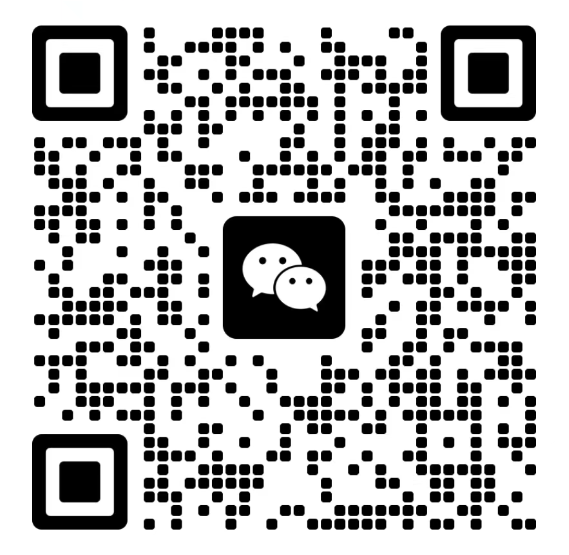写作需重视时态选择与专业术语准确性,时态方面,要根据内容合理选用,以准确传达信息,专业术语上,必须确保精准无误,因为术语是学科交流的基础,错误使用会导致理解偏差,影响摘要质量,只有兼顾时态恰当与术语准确,才能写出高质量英文摘要,清晰、专业地呈现研究核心内容。
时态选择与专业术语的准确性
时态选择中的时态运用需根据内容性质和表达意图精准选择,以清晰传递研究过程与成果,以下是具体时态应用场景及示例:
-
一般现在时
- 适用场景:陈述普遍真理、研究目的、结论或长期有效的观点。
- 示例:
- "This study aims to investigate the impact of climate change on biodiversity."
- "The results indicate that temperature rise significantly affects species distribution."
-
一般过去时
- 适用场景:描述已完成的实验、数据收集或分析过程。
- 示例:
- "We collected samples from 50 locations between 2020 and 2022."
- "The data were analyzed using SPSS software."
-
现在完成时
- 适用场景:强调研究对当前领域的影响或已取得的阶段性成果。
- 示例:
- "Previous research has demonstrated the correlation between pollution and health risks."
- "This method has been validated in multiple clinical trials."
-
时态混合使用技巧
- 研究背景与目的:用现在时(如 "Current studies focus on...")。
- 方法与过程:用过去时(如 "We conducted experiments...")。
- 结果与结论:现在时(如 "The findings suggest...")或现在完成时(如 "The results have confirmed...")。
- 示例:
"While earlier research (past) has explored X, this study (present) reveals a novel mechanism. The experiments (past) demonstrated that Y leads to Z (present conclusion)."
专业术语的准确性
专业术语是学术交流的核心,需确保其精确性、一致性和规范性,以避免歧义并提升可信度。
-
术语定义与统一
- 首次出现时定义:对非常用术语或缩写进行全称解释。
- 示例:"Artificial Intelligence (AI) refers to..."
- 全文统一:同一术语避免混用(如 "cancer" 勿与 "neoplasm" 交替使用)。
- 首次出现时定义:对非常用术语或缩写进行全称解释。
-
学科规范术语
- 优先使用权威来源:如国际标准(ISO)、学科词典或顶级期刊用语。
- 示例:医学领域用 "myocardial infarction" 而非 "heart attack"(非正式)。
- 避免口语化:如用 "analyze" 替代 "figure out"。
- 优先使用权威来源:如国际标准(ISO)、学科词典或顶级期刊用语。
-
术语的语境适配
- 多义词处理:根据学科背景选择准确含义。
- 示例:"Cell" 在生物学中指细胞,在电池领域指电池单元。
- 跨学科术语:明确学科归属(如 "entropy (physics)" vs "entropy (information theory)")。
- 多义词处理:根据学科背景选择准确含义。
-
术语检查工具
- 专业词典:如《Merriam-Webster Medical Dictionary》《IEEE Glossary》。
- 文献对比:参考同领域高被引论文的术语使用。
- 软件辅助:使用术语管理工具(如TermBase eXchange)保持一致性。
时态与术语的协同应用示例
原文:
"We did a survey last year and found that most people support renewable energy. Our results show this trend is growing."
优化后:
"A survey conducted in 2023 revealed that 75% of respondents support renewable energy adoption. The findings indicate a significant upward trend in public approval (χ²=12.4, p<0.01)."
优化要点:
- 时态:过去时(conducted)描述方法,现在时(indicate)陈述结论。
- 术语:用 "renewable energy adoption" 替代口语化表达,添加统计术语(χ², p-value)增强严谨性。
常见错误与修正
-
时态混淆
- 错误:"The study will analyze data from 2015 to 2020."
- 修正:"The study analyzed data from 2015 to 2020."(研究已完成)
-
术语不准确
- 错误:"We used a computer program to do the math."
- 修正:"We employed MATLAB (R2023a) for numerical simulations."
-
缩写滥用
- 错误:"The MRI showed a tumor."(未定义)
- 修正:"Magnetic Resonance Imaging (MRI) revealed a 3 cm mass."
- 时态选择:根据研究阶段(背景/方法/结果)灵活切换,保持逻辑连贯。
- 术语准确性:优先使用学科标准用语,首次出现时定义,全文统一。
- 工具辅助:利用术语库、语法检查软件(如Grammarly)和文献对比提升质量。
通过精准的时态运用和术语管理,摘要可实现信息的高效传递与学术权威性的构建。



 微信扫一扫打赏
微信扫一扫打赏 支付宝扫一扫打赏
支付宝扫一扫打赏

